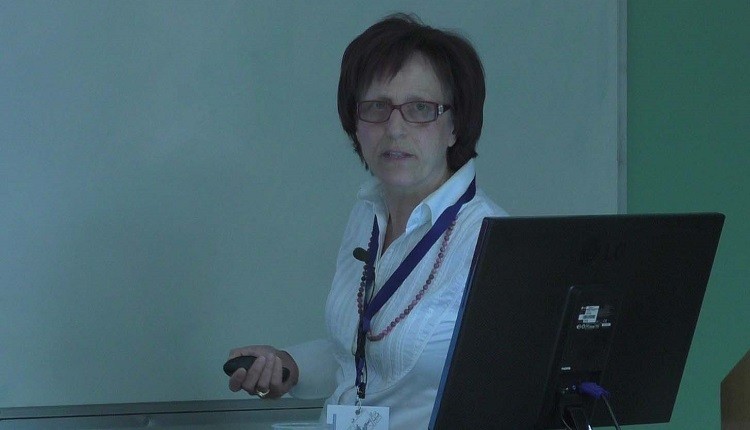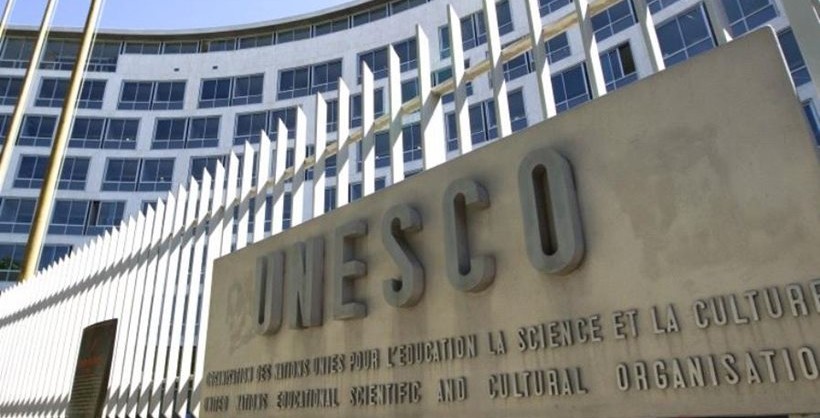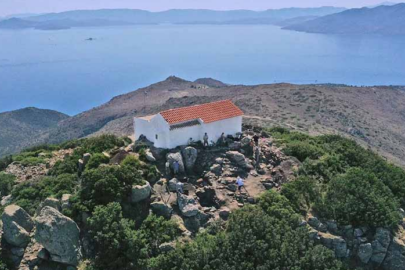On January 25th, the Greek Ministry of Culture and Sport forwarded the file of Spinalonga Fortress to the World Heritage Center’s application for its inclusion in the UNESCO World Heritage List. The preliminary file had been lodged on 27 September 2018.
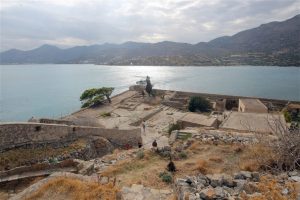
The island of Spinalonga, officially known as Kalydon, is located in the Gulf of Elounda in north-eastern Crete, in Lasithi, next to the town of Plaka.
Originally, Spinalonga was not an island – it was part of the island of Crete. During Venetian occupation, the island was carved out of the coast for defence purposes and a fort was built there.
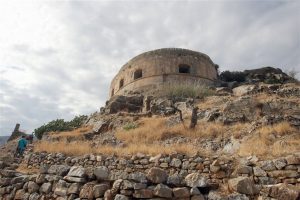
During Venetian rule, salt was harvested from salt pans around the island.[citation needed] The island has also been used as a leper colony. Spinalonga has appeared in novels, television series, and a short film. After the Venetians, the Ottomans took control of the island.
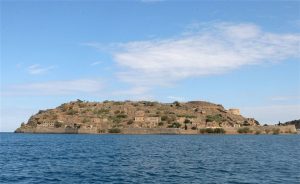
Spinalonga is the second most visited archaeological site of Crete, after the Minoan palace of Knossos, and is a prominent monumental palimpsest, whose values are combined with its significance as a place of historical memory with special symbolism. An isolated enclosure, associated with the deeply rooted prejudices and the social stigma that followed the patients.
The island was subsequently used as a leper colony from 1903 to 1957. It is notable for being one of the last active leper colonies in Europe.
The inclusion of the Spinalonga Fortress in the World Heritage List is expected to contribute to the island’s greater exposure on a global scale and have positive multiplying effects for the local community, for which the Spinalonga Fortress has always been a point of reference.
It should be noted that 18 other Hellenic monuments/sites have been included in the World Heritage List, with the last one being that of the Philippi Archaeological Site in 2016.


